Description
PRODUCT DESCRIPTION
Flocculators with independent positions that allow standard conditions to be adopted for jar test, that are the basic requirement for reproducible results.
Independent Control
Independently selectable speeds 10-15-30-45-60-90-120-150-200-300 rpm
Same product can be submitted to different conditions in parallel
Reliable and repeatable results from VELP stirring quality
Precise speed from an electronically controlled DC gear motor
Versatile Operation
Choice of 4- or 6-place models
FC 4S, 4-position jar tester
FC 6S, 6-position jar tester
Speed can be changed during the run
Illuminated back panel to simplify sample observation
Stirring rods adjustable in height without tools
Robust Design
Strong resistance to chemical and mechanical corrosion
Recommendations
Select the accessories that match your requirements
GENERAL FEATURES
Construction material:
epoxy painted metal structure
Models:
FC4S 4 positions
FC6S 6 positions
Back panel:
disconnectable illuminated
Stainless steel stirring rods:
adjustable in height by a self blocking chuck
Pluriselector:
settable individual speed for each rod
Power:
FC4S 18 W
FC6S 23 W
Weight:
FC4S 12.5 kg (27.5 lb)
FC6S 18 kg (39.6 lb)
Dimensions (WxHxD):
FC4S 645x347x260 mm (25.4×13.7×10.2 in)
FC6S 935x347x260 mm (36.8×13.7×10.2 in)
PERFORMANCE
Speed selector settable at:
10 – 15 – 30 – 45 – 60 – 90 -120 – 150 – 200 – 300 rpm
Independent Positions
FC4S and FC6S, 4- or 6- position Floc Tester, permits changing of the speed during operation, up to 300 rpm.
Settable individual speed for each rod means thatevery single position is independent for the others.
An illuminated back panel simplifies the observation of the samples, whilst height adjustment option for the stirring blades during operation increases its capabilities.
What is JAR TESTING?
Jar testing is a pilot-scale test of the treatment chemicals used in a particular water plant.
In few words, it simulates the coagulation/flocculation process in a water treatment plant, helping the operator in the determination of the right amount of treatment chemicals, and, thus, in improving the
plant’s performance.
Jar testing entails adjusting the amount of chemicals and their sequence in which they are added. The sample requires to be stirred so that the formation, development, and settlement of floc can be watched just as it would be in the fullscale treatment plant.
The operator then performs a series of tests to compare the effects of different amounts of flocculation agents at different pH values to determine the right size floc.
Few operations are required for a correct test:
For each water sample, usually raw water, a number of beakers (jars) are filled with the same amounts of water sample
Each beaker is treated with different doses of chemical; other parameters may be altered besides dosage, including chemical types, mixing rate, aeration level/time, filtration type, etc.
Then, by comparing the final water quality in each beaker, the effect of the different treatment parameters can be determined and the best formula can be reproduced on large scale
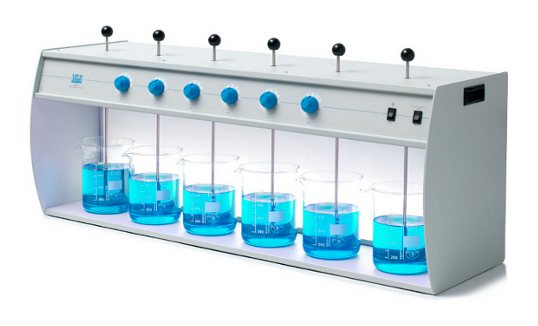
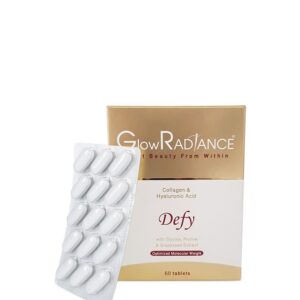
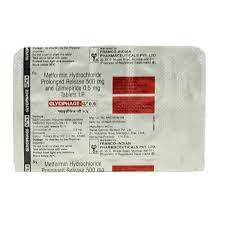
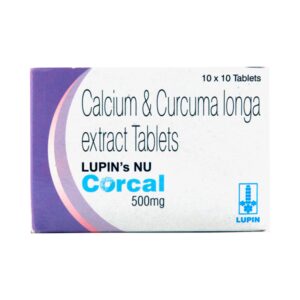

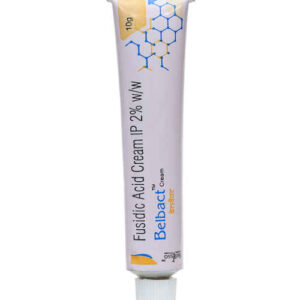
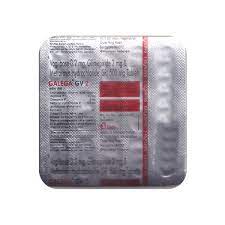
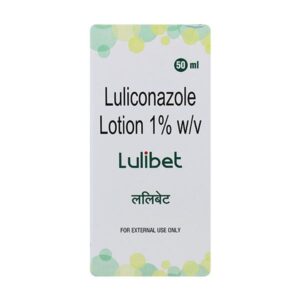
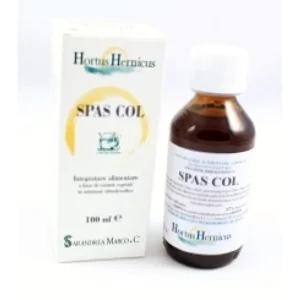
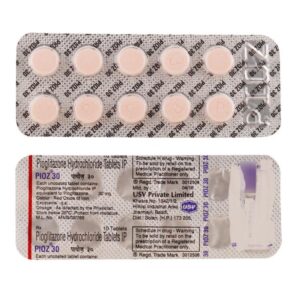
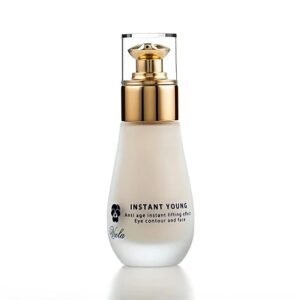
 No products in the cart.
No products in the cart. 
Reviews
There are no reviews yet.